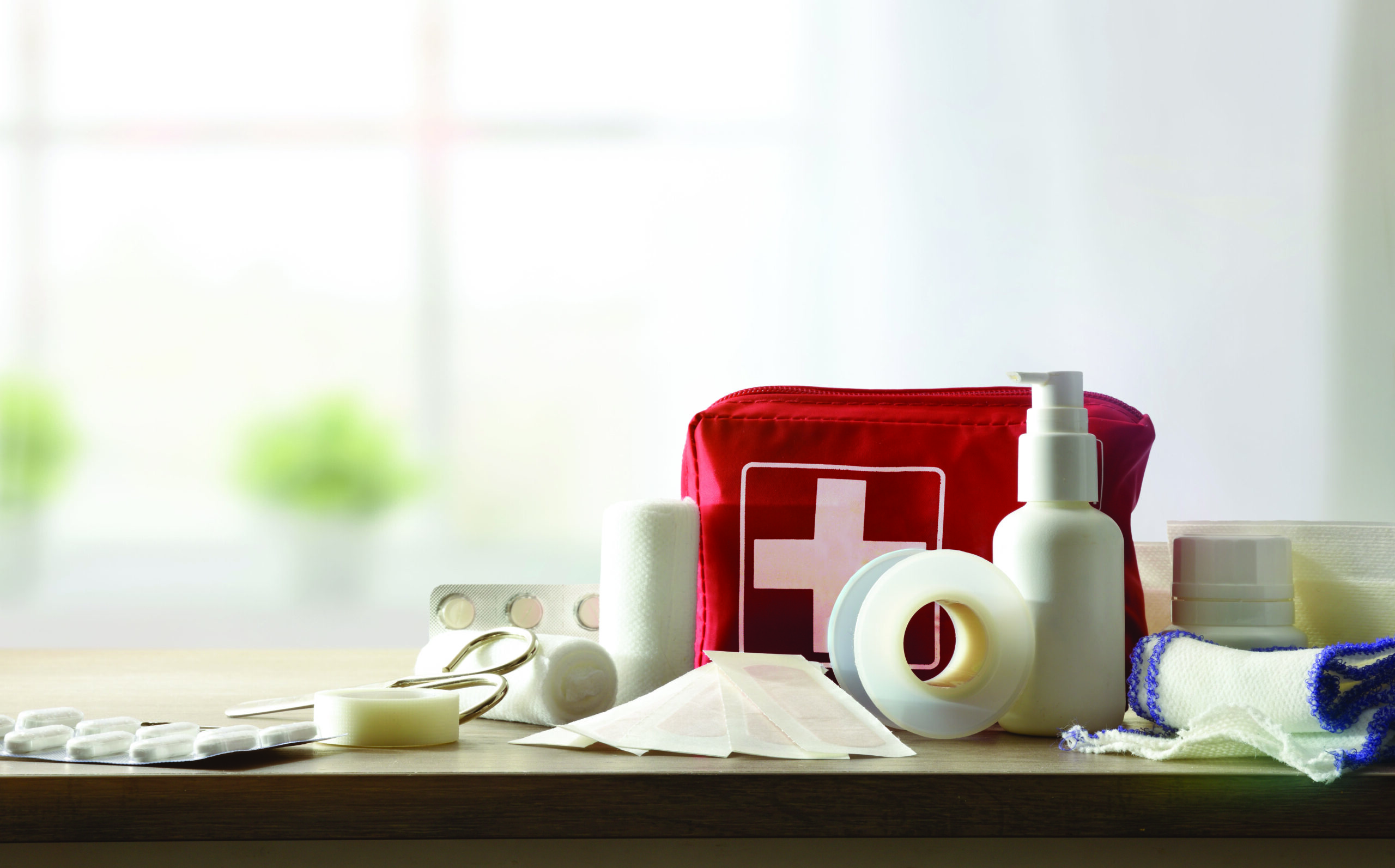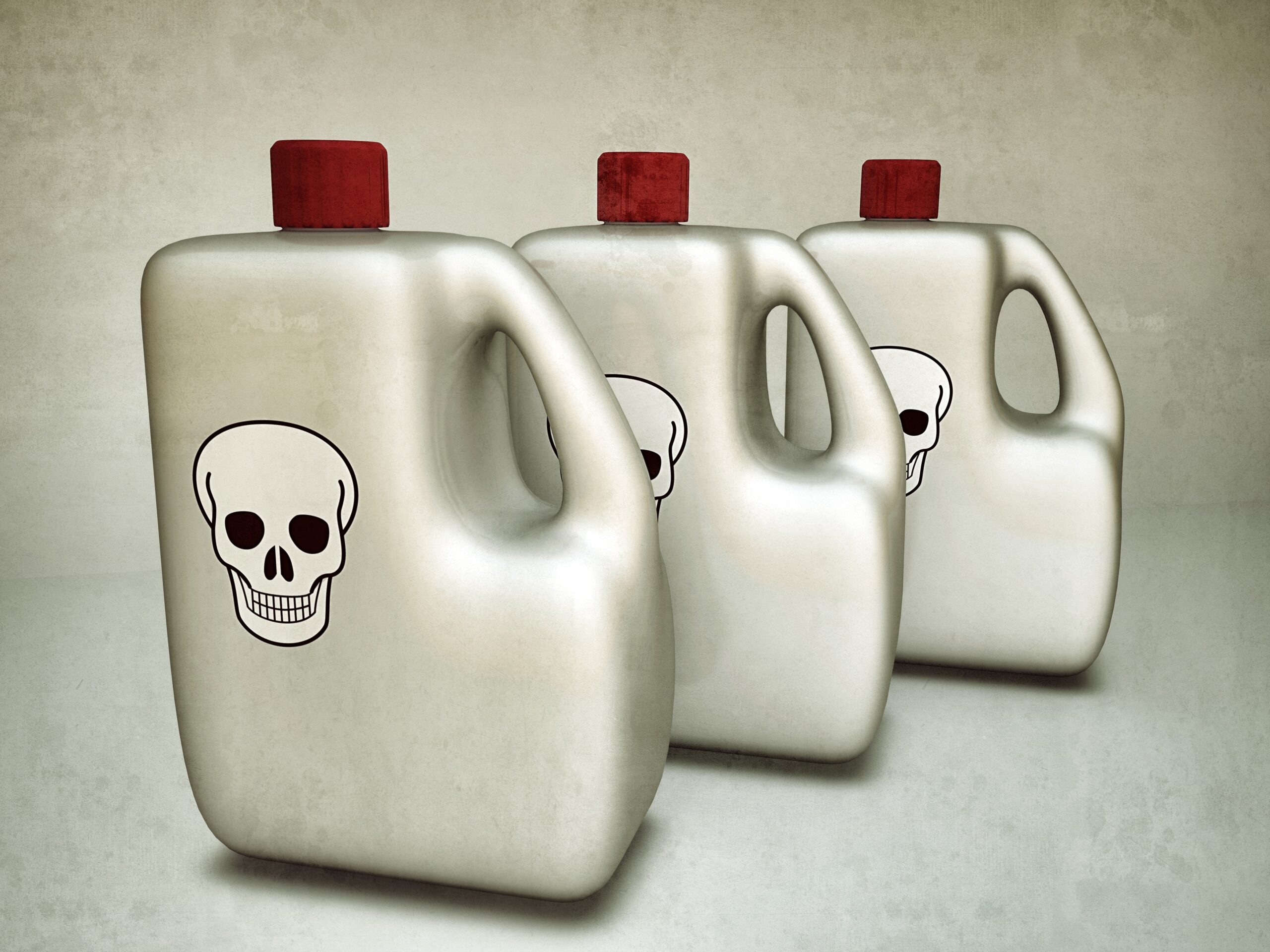by Brandy Abalos
While a formal in-person class is ideal for hands-on practice, you can definitely get a strong foundation in first aid training at home. Many reputable organizations offer free or low-cost first aid information online.
When providing emergency first aid, always prioritize calling emergency services (911) for life-threatening situations.
Minor Wounds and Scrapes
Minor wounds and scrapes are a common occurrence. Cleanse the wound by removing dirt and debris and using mild soap and water around the wound. Stop any bleeding by applying gentle pressure with clean gauze or a cloth. Promote healing by using a thin layer of antibiotic ointment and covering the wound with a sterile bandage.
Burns
Burns are common in the home, especially in kitchens and bathrooms. For minor burns, run cool (not cold) water over the area for 10-15 minutes. Loosely cover the burn with a sterile bandage or clean cloth. Do not use butter, ointments or petroleum jelly. Over-the-counter pain relievers like ibuprofen or acetaminophen can help with pain.
Choking
It is crucial to learn the proper technique for the Heimlich maneuver before you perform it on an individual. You can find resources online or take a first aid course. If an infant is choking and cannot cough or cry, perform the Heimlich maneuver for infants. If an adult is choking and cannot cough or speak, perform the Heimlich maneuver for adults.
Allergic Reactions
If someone is experiencing a severe allergy or anaphylactic reaction, call 911 immediately. Milder allergic reactions can be treated at home. If possible, remove the person from the source of the allergen. For example, if they’re allergic to pollen, bring them inside. You can also make the person more comfortable by elevating their head and loosening any tight clothing or applying cool compresses to itchy areas.
If the person has mild symptoms like hives, itching or watery eyes, you can give them an over-the-counter antihistamine like diphenhydramine (Benadryl) according to the recommended dosage. Always check the expiration date and follow dosage instructions carefully.
Fevers
A fever itself isn’t usually a cause for alarm. It’s the body’s natural response to fight infection. However, you should seek medical attention if the person is an infant under three months old, the fever is above 103°F for adults or 104°F for children, the fever is accompanied by severe headache, stiff neck, confusion or difficulty breathing, or it persists for more than three days.
To treat mild fevers at home, first encourage rest. Hydration is important, and you can also apply cool, damp cloths to the forehead or neck. Dress the person in loose, lightweight clothing. You can give acetaminophen (Tylenol) or ibuprofen (Advil, Motrin) to help bring down the fever and manage discomfort. Always follow the recommended dosage based on age and weight. Never give aspirin to children or teenagers due to the risk of Reye’s syndrome.
Animal Bites
Severe bites or bites from wild animals always require medical attention from a professional. Call emergency services (911) if the bite is deep, has a puncture wound, is bleeding excessively, or if the animal is wild.
For minor bites, first wash your hands thoroughly and then clean the wound. Stop the bleeding by applying gentle pressure with a clean cloth or gauze. Clean the wound with an antiseptic solution such as povidone-iodine. Cover the wound with a sterile bandage. Monitor the wound for signs of infection and change the bandage daily.
Online Resources for At-Home First Aid Training
- American Red Cross: The Red Cross offers comprehensive online first aid courses. These won’t provide certification, but they cover essential skills.
- American Red Cross YouTube Channel: The Red Cross has a YouTube channel with clear and concise first aid tutorials.
- National Safety Council: The NSC offers First Aid eLearning, as well as instructions in CPR and AED usage. You may also engage in hands-on skills testing after taking an online course.
- American Heart Association: The AHA has a plethora of training materials and videos online, as well as in-person courses for CPR, First Aid and more.
- Mayo Clinic: The Mayo Clinic has an extensive list of topics focused on information to help you during a medical emergency. Basic and advanced first aid is available online.
Educate Yourself About At-Home First Aid
At-home first aid is all about being prepared to handle minor injuries and illnesses. Invest in a first aid kit and make sure it is easily accessible in your home. Once you learn a skill, practice it regularly with a friend or family member. Muscle memory is crucial in an emergency. While online resources are a great start, consider taking a formal in-person class in the future for a more complete experience.








Leave A Comment